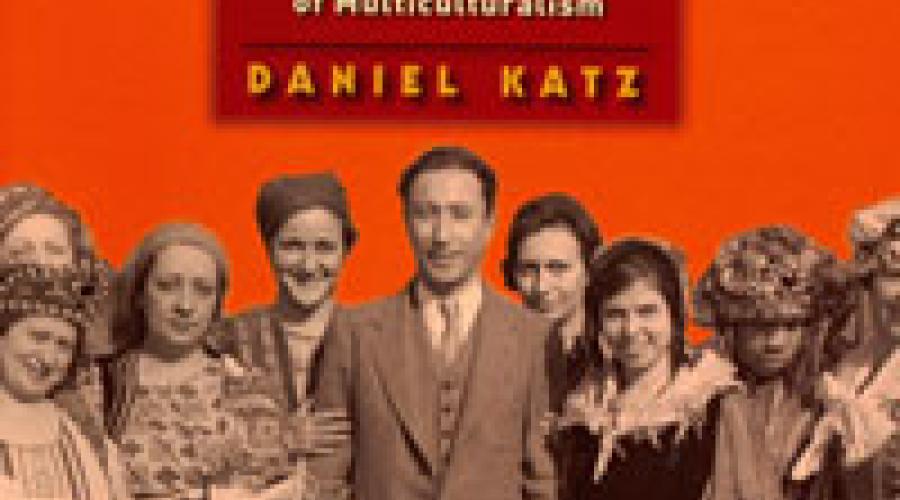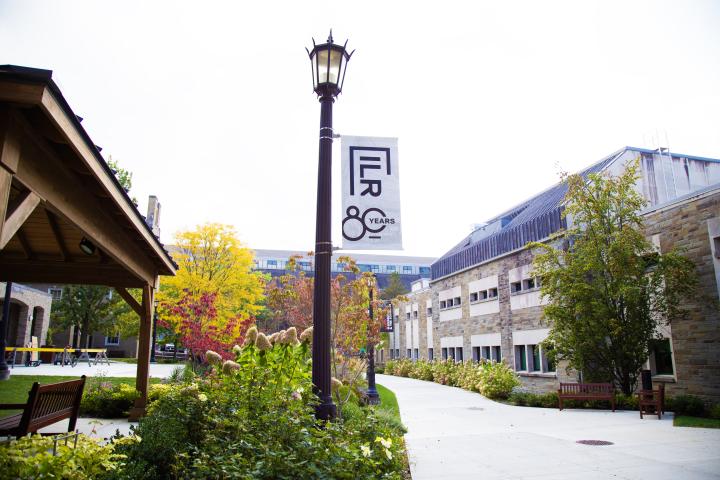
United in Differences
For labor scholar Daniel Katz, the Occupy Wall Street protest in Zuccotti Park provides not only a look at contemporary America, but a look back to the 1930s.
Both times, the nation and a declining labor movement have been divided over issues of race and gender equality, along with immigration, he said. "That's the way it was in the 1930s and that's the way it is now, in many ways."
In a talk at 4:30 p.m. Wednesday in the Doherty Lounge, Katz will explain how the International Ladies' Garment Workers' Union transcended these issues by welcoming racially and culturally diverse members, then creating structures to celebrate differences.
Sponsored by the Kheel Center for Labor-Management Documentation and Archives, "United in Differences: Multicultural Lessons for the New Labor Movement" is free and open to the public.
The garment workers' union relied on education, culture and community involvement to build a revolutionary class-based conception of multiculturalism he calls "mutual culturalism."
Union leaders – militant immigrant Jewish women and male allies born into a society controlled by the Russian Empire – identified with the idea of autonomous national cultures, he said in an interview.
Now a history professor and chair of the Master of Arts in Policy Studies program at the State University of New York Empire State College, Katz has been exploring the mutual culturalism phenomenon since 1997.
His principal archive has been the Kheel Center. "It's such a large collection and the archivists there are so well versed," Katz said, crediting the staff with guiding "in rich and interesting ways" his forays into the collection.
Katz was in the Kheel Center when he saw a circa 1934 photo of a New York City parade float topped by unionists in native dress. That photo crystallized his interest in mutual culturalism as a dissertation theme, which led to a book.
"All Together Different: Yiddish Socialists, Garment Workers, and the Labor Roots of Multiculturalism" was published this month by New York University Press. More information about the book is available at http://nyupress.org/books/book-details.aspx?bookId=5377.
In the Depression, garment union members were encouraged to identify with their cultural groups and it worked, Katz said.
But, it didn't last.
As the 1930s wore on, male union leaders moved away from mutual culturalism and by World War II, the union’s broad social agenda had narrowed.
Katz will talk twice this week in Ithaca about the union's legacy.
At 7:30 p.m. tonight, he talks at Temple Beth-El at 402 N. Tioga St. At 4:30 p.m. Wednesday, he speaks in the Doherty Lounge. Both events are free and open to the public.


